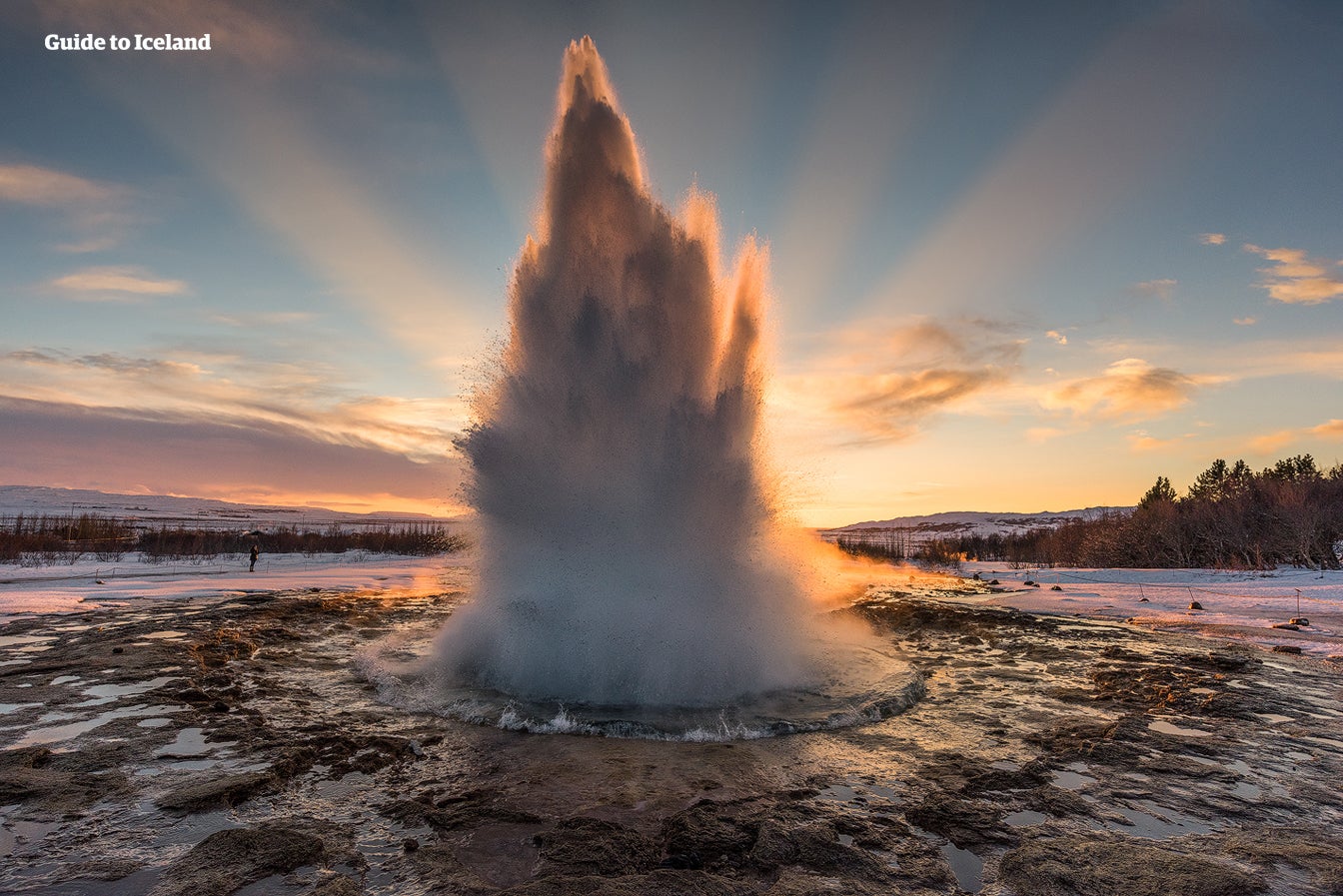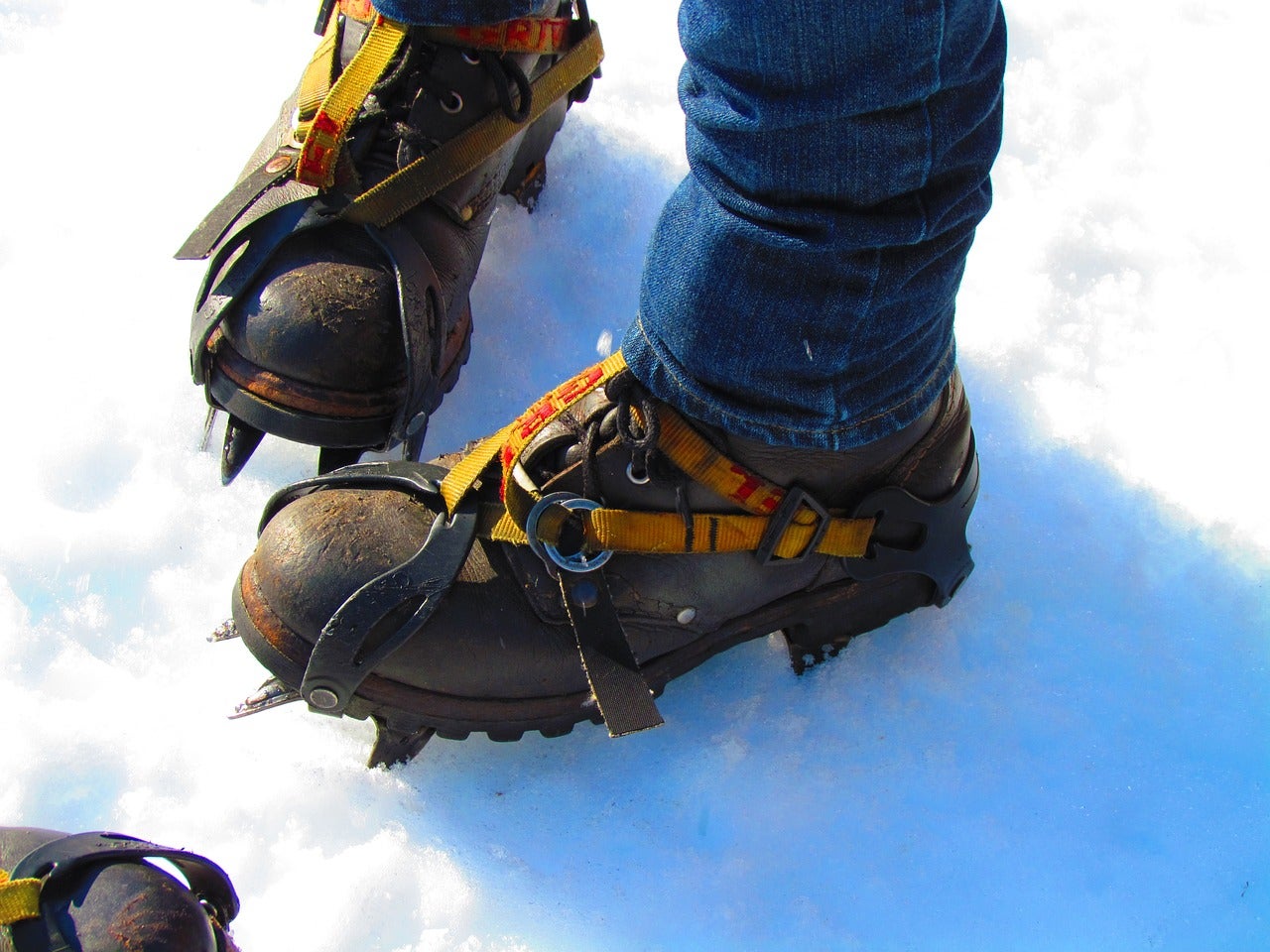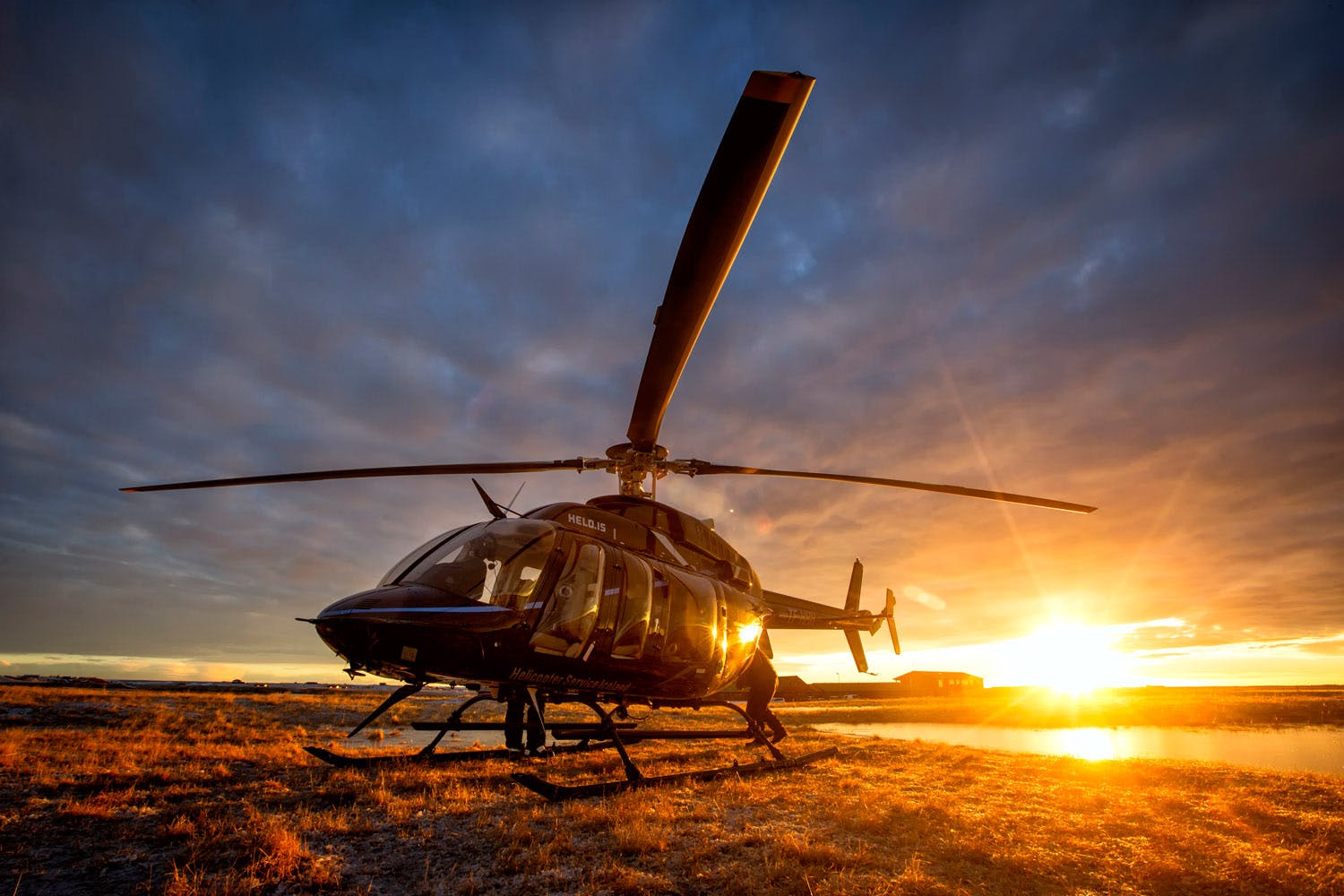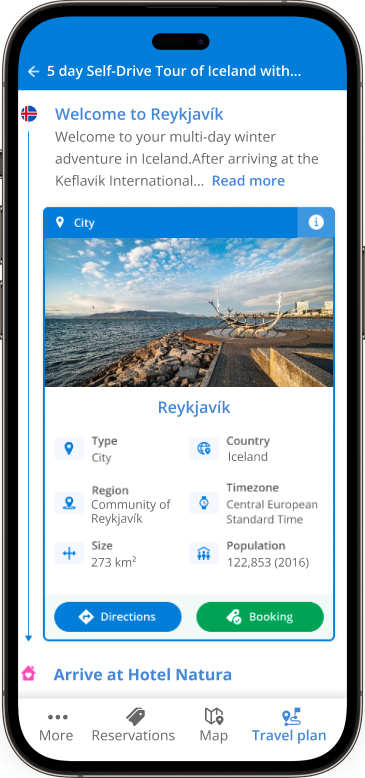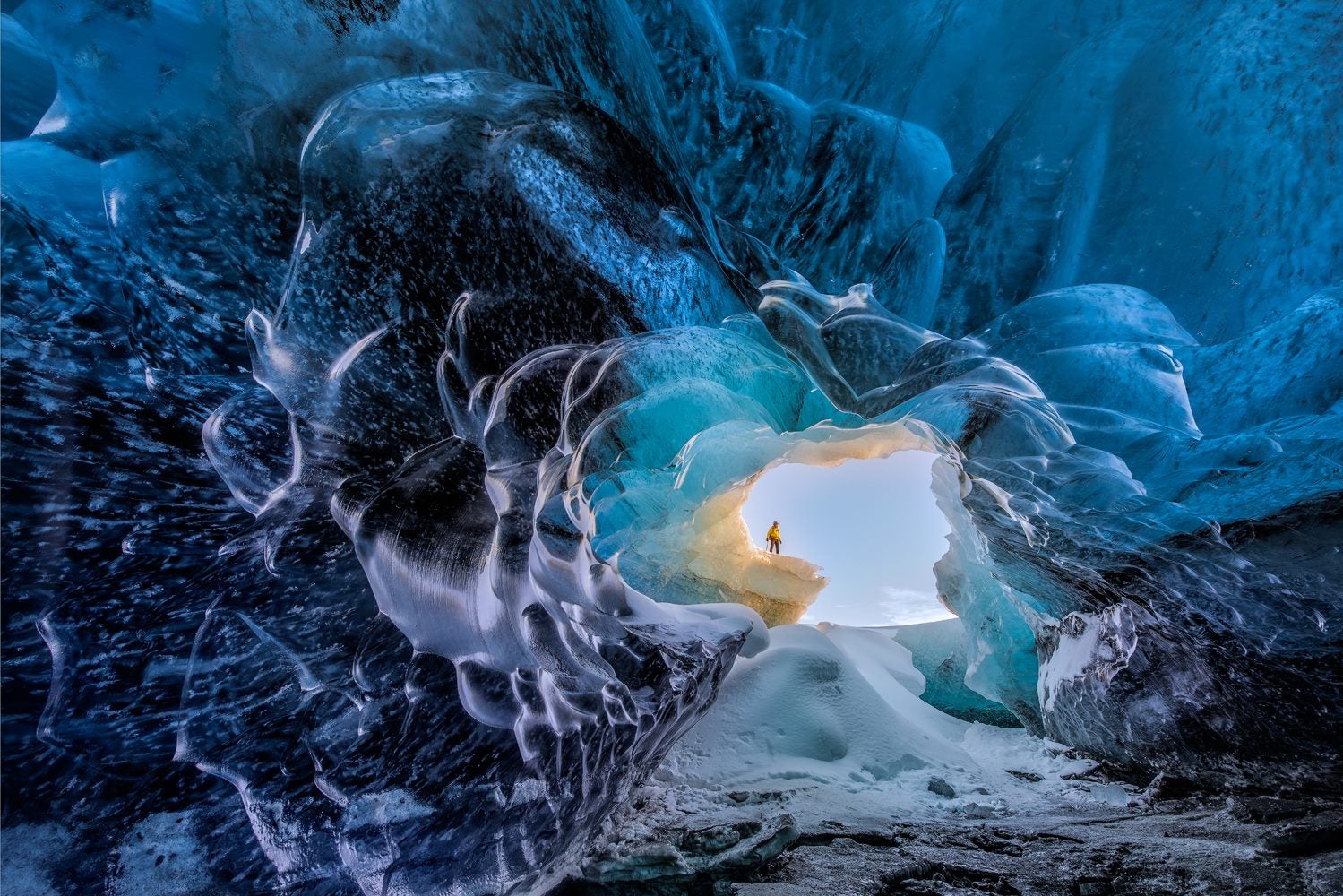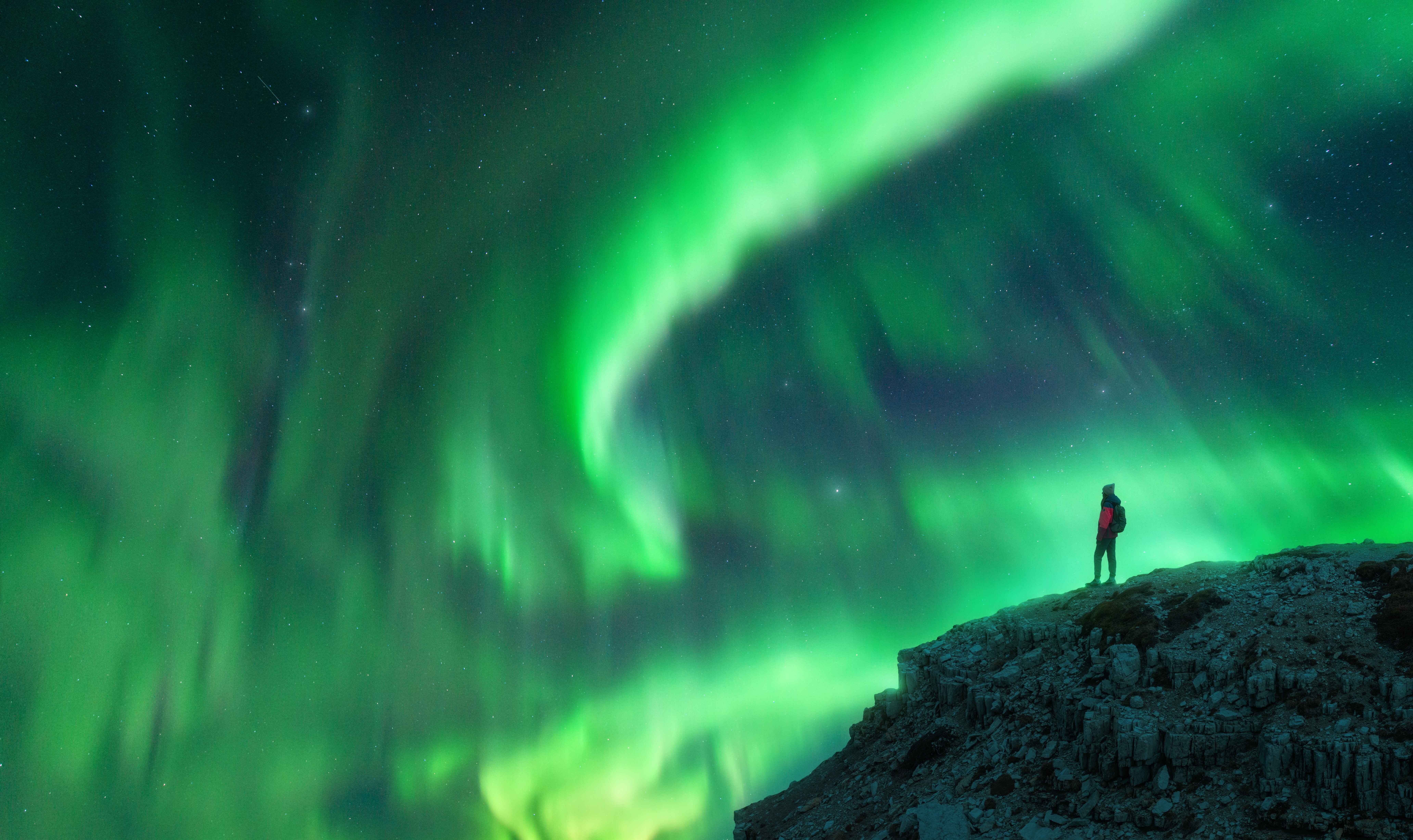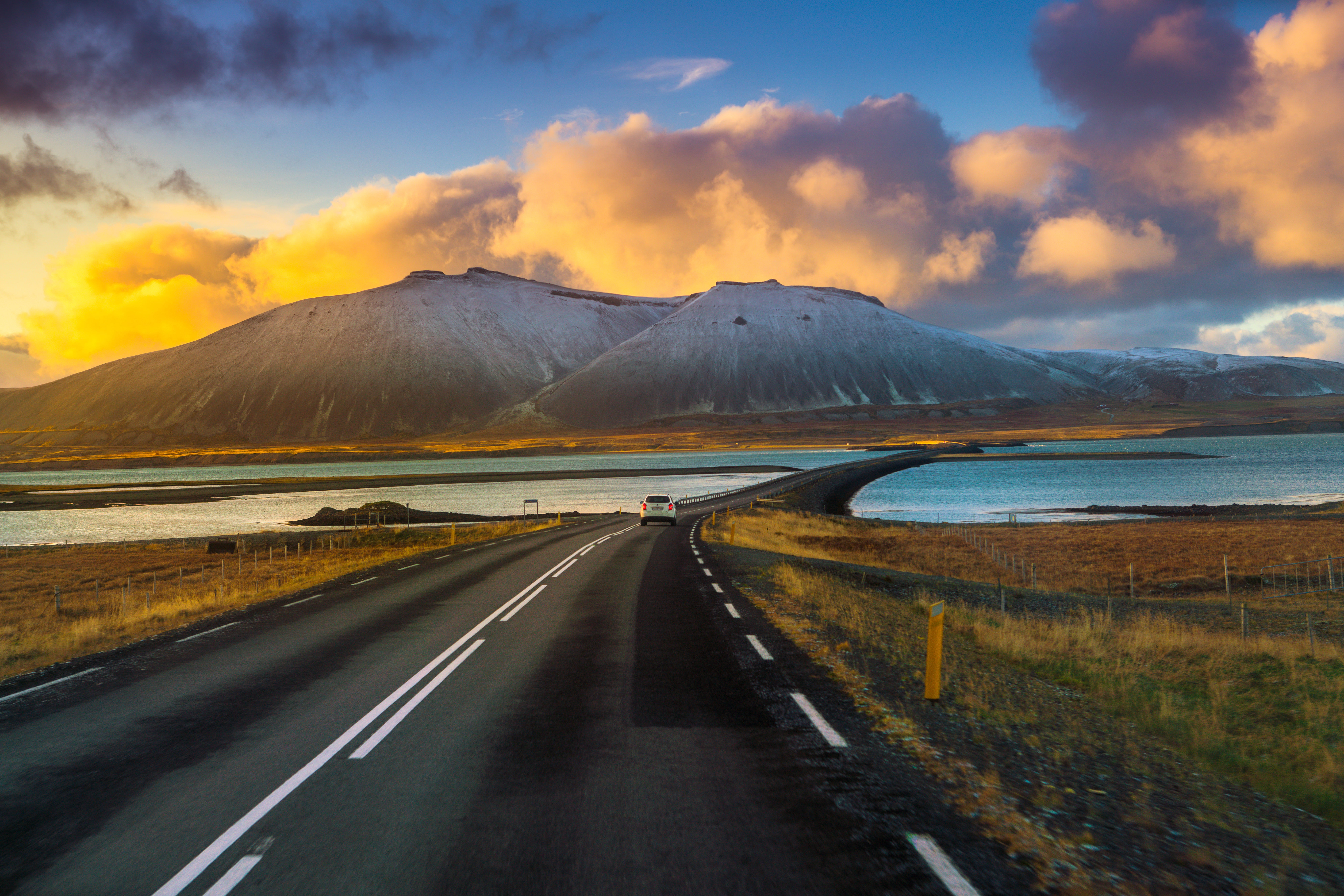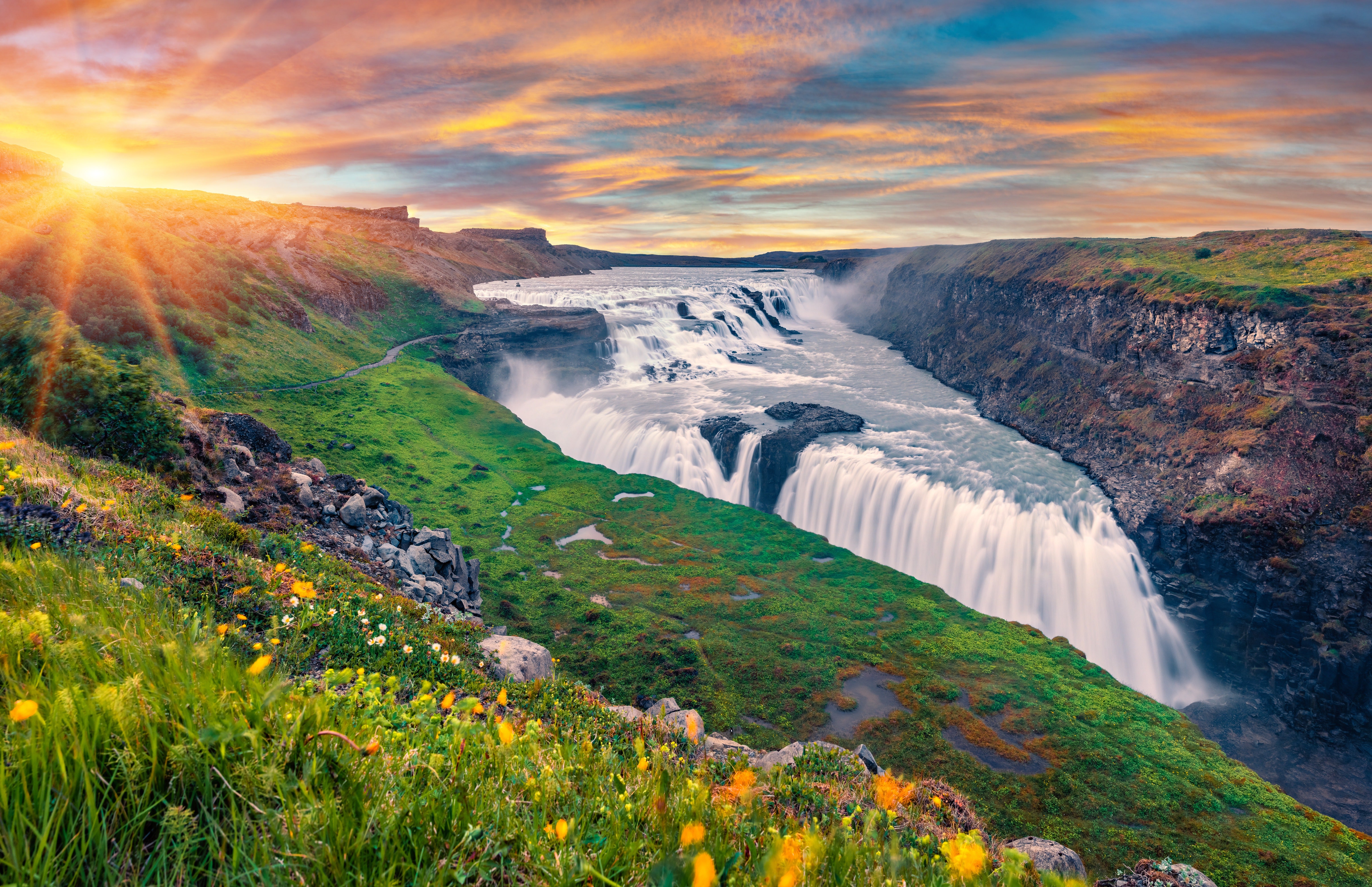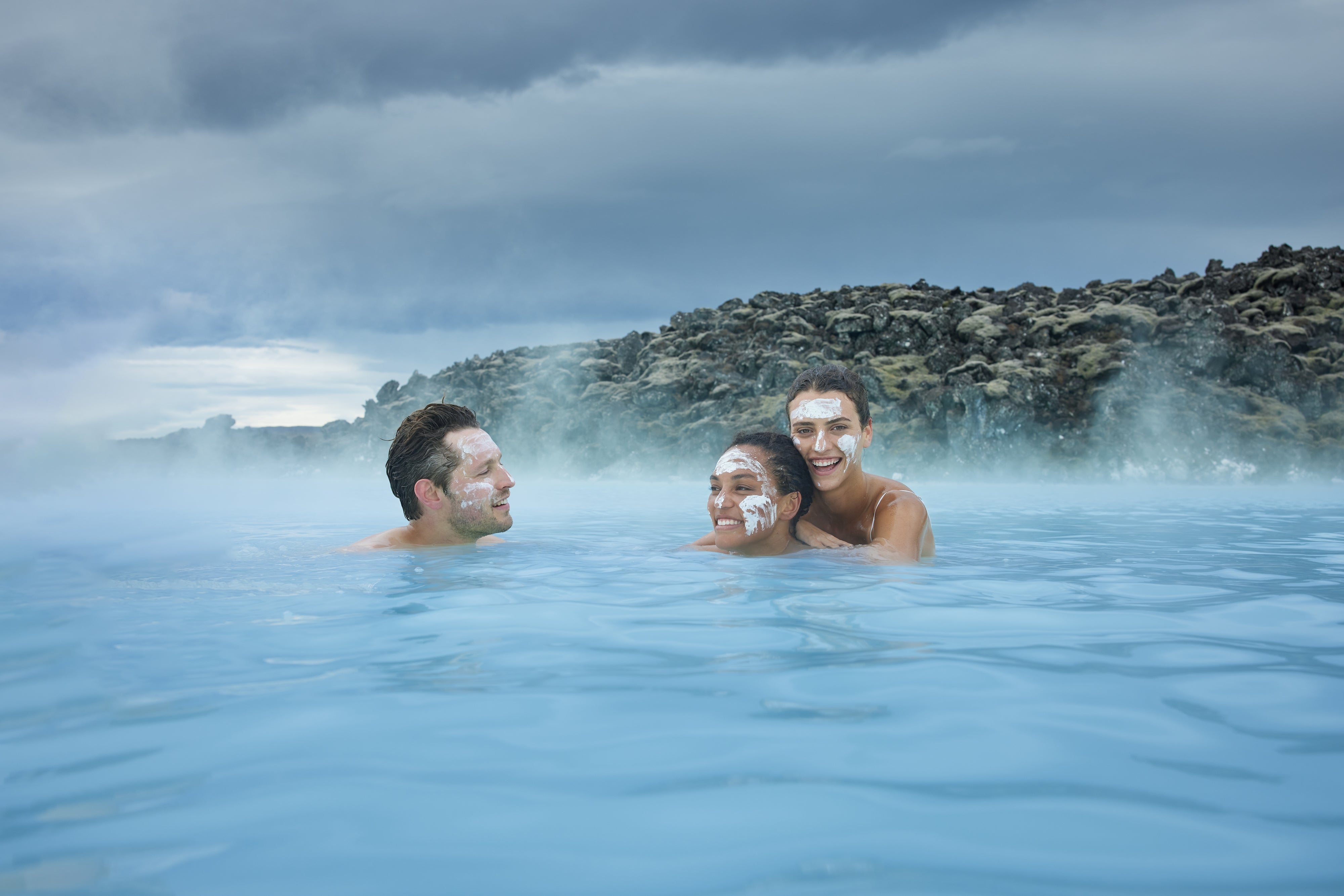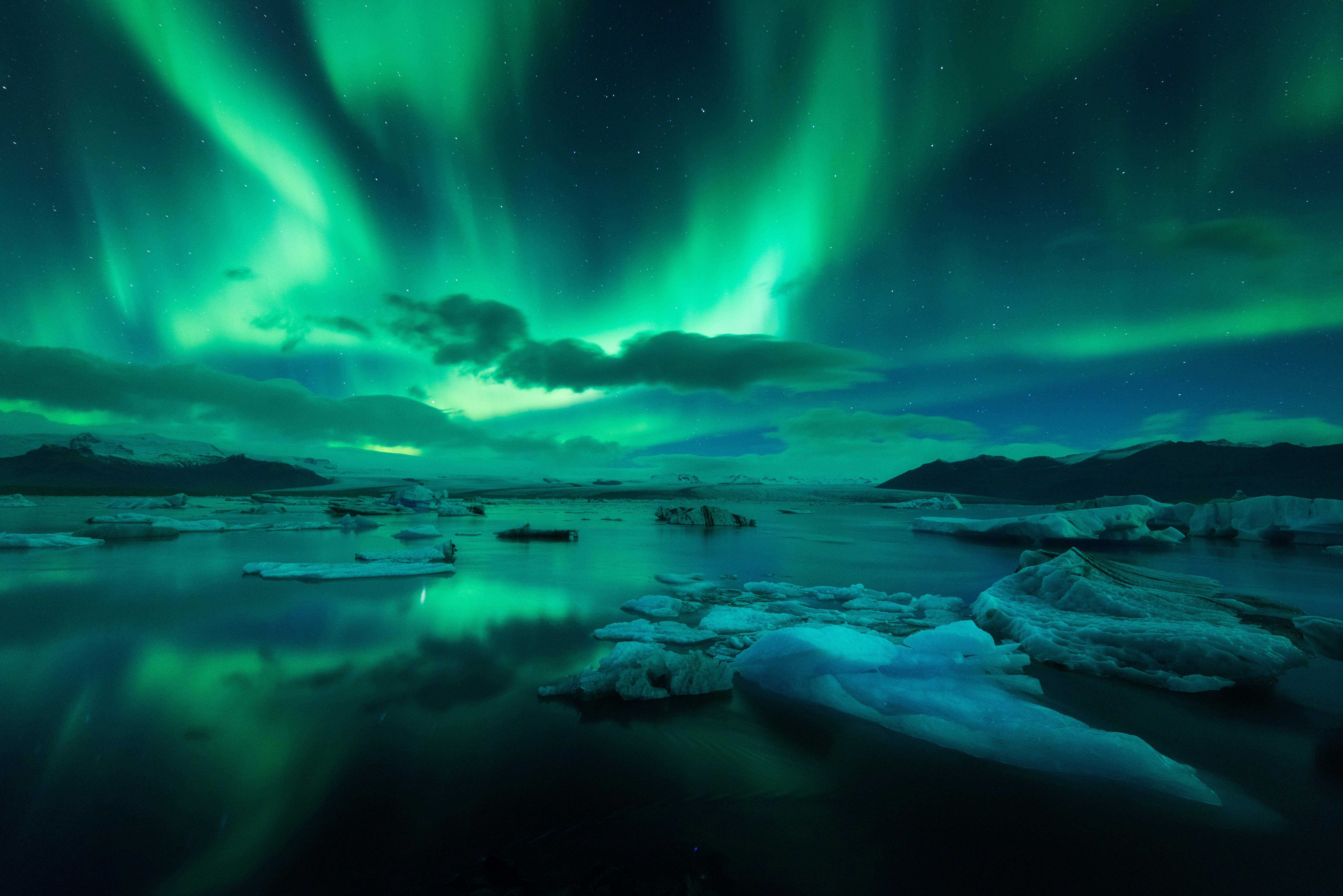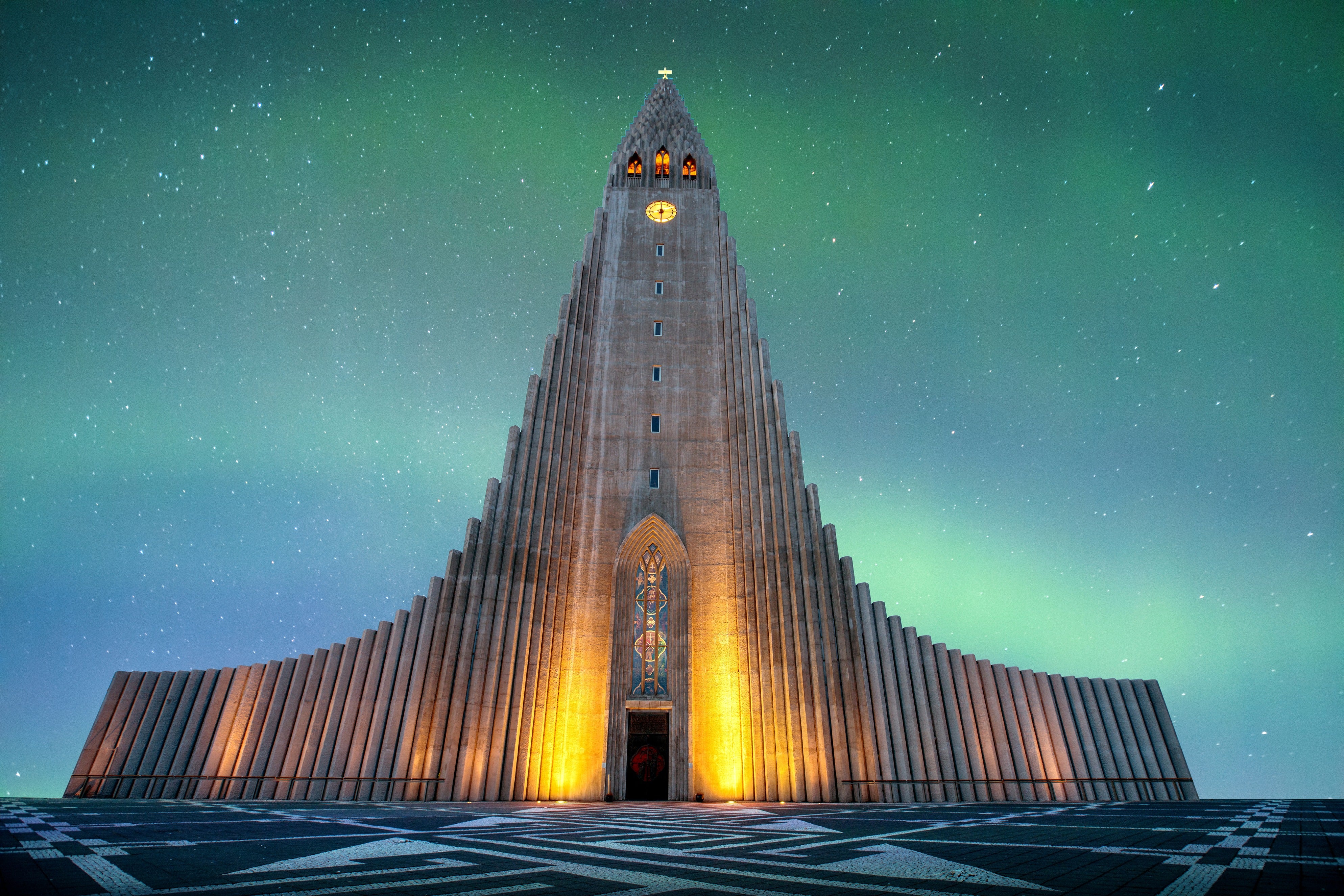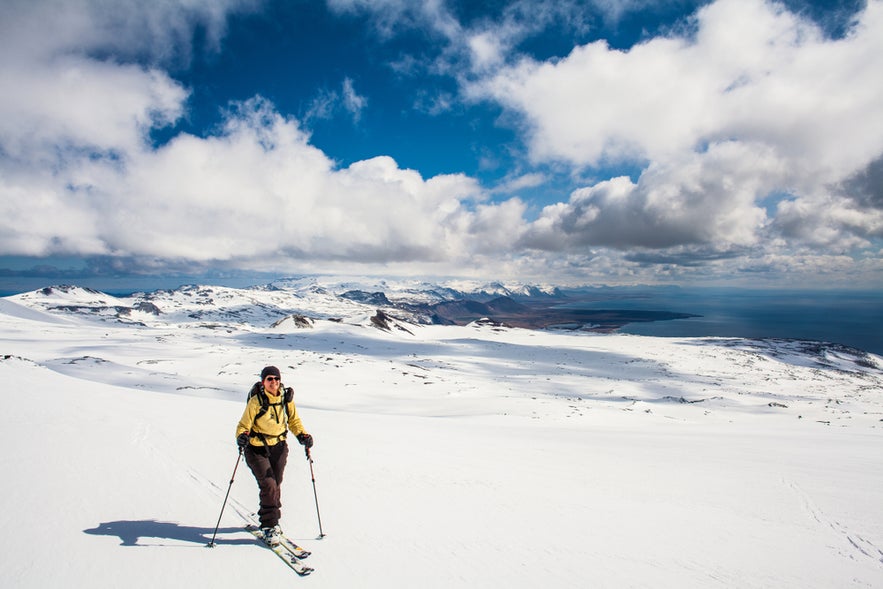
Start planning your adventure with skiing and snowboarding in Iceland. The country’s glaciers and mountains create unforgettable slopes, and its remote terrain has built a growing reputation for backcountry skiing and mountaineering. This guide introduces the best destinations, conditions, and essential tips for your trip.
A ski holiday in Iceland appeals to travelers drawn to adventure holidays, where time on the slopes blends naturally with exploring dramatic landscapes. Seasonal visitors often look to winter tours and packages, which showcase northern lights experiences and other highlights of the colder months.
Why You Can Trust Our Content
Guide to Iceland is the most trusted travel platform in Iceland, helping millions of visitors each year. All our content is written and reviewed by local experts who are deeply familiar with Iceland. You can count on us for accurate, up-to-date, and trustworthy travel advice.
Challenging terrain connects closely with adventure tours in Iceland, while glacier tours open opportunities to explore icy slopes and snowfields. For those who prefer steep ridges and alpine routes, mountain tours provide access to some of the country’s most dramatic peaks.
Continue reading to explore the top slopes and discover the best areas for skiing and snowboarding in Iceland.
- Explore Iceland's largest selection of Adventure Tours
- Discover Iceland's unbound nature on Mountain Tours
- Learn all you need to know about the Mountains of Iceland
Key Takeaways
-
Unique and growing experience: Ski or snowboard under the northern lights from mountain peaks to the ocean while enjoying Iceland's expanding ski culture, including events like the AK Extreme Festival in Akureyri.
-
Best ski resorts in Iceland:
-
Blafjoll: Near Reykjavik, popular and accessible.
-
Hlidarfjall: Near Akureyri, known for its great slopes.
-
Dalvik: Small, cozy, and less crowded.
-
Isafjordur: In the Westfjords, offers challenging runs.
-
Oddsskard: In the Eastfjords, with stunning views.
-
Kerlingarfjoll: Remote highlands, ideal for backcountry skiing.
-
Cross-country skiing and snowmobiling: Explore Iceland's breathtaking landscapes on cross-country trails or by snowmobile, with routes suited for both beginners and seasoned adventurers.
-
Accessibility: Resorts offer rental gear, but be ready for Iceland’s unpredictable weather. The ski season typically runs from November to May, with the best conditions from February to April.
Best Winter Tours To Pair With a Ski Trip

There are so many beautiful locations to experience while on a winter visit to Iceland. With your skiing adventure, consider adding these top-rated tours to your trip.
-
Crystal Blue Ice Cave Tour: Explore blue ice caves beneath Vatnajokull Glacier.
-
Northern Lights Tour From Reykjavik: Chase the aurora borealis with the experts and enjoy the best viewing spots near Reykjavik.
-
Blue Lagoon Comfort Admission: Relax in the geothermal pool, highlighted by Iceland’s snowy landscapes.
-
Golden Circle Day Tour: A winter version of Iceland’s most famous sightseeing route.
Ski or Snowboard?
For beginners, the choice between skiing and snowboarding in Iceland is the first step in their journey on the slopes. Each offers a unique challenge and style, shaping how riders experience the mountain.
There are several aspects to consider when choosing:
-
Skiing: Easier to pick up, with a front-facing stance that offers better visibility and independent leg movement. Ski poles help with balance and propulsion, making it a more accessible choice for beginners.
-
Snowboarding: Requires learning a new way of movement with feet strapped to the board. Turning relies on shifting weight between toes and heels and using the shoulders for direction. The side-on stance limits peripheral vision, making early progress challenging but rewarding.
Instructors are always available to help beginners build confidence, master techniques, and navigate the psychological challenges of learning a new winter sport in Iceland.
The Best Skiing and Snowboarding Resorts in Iceland
 Let’s dive into some of the best spots to experience stunning views from the slopes. Iceland’s dramatic landscapes create a unique backdrop for winter sports, where you can carve down runs framed by glaciers, volcanoes, and coastal fjords.
Let’s dive into some of the best spots to experience stunning views from the slopes. Iceland’s dramatic landscapes create a unique backdrop for winter sports, where you can carve down runs framed by glaciers, volcanoes, and coastal fjords.
Resorts here may not rival the size of Alpine destinations, but they make up for it with uncrowded slopes, a friendly atmosphere, and opportunities to enjoy other uniquely Icelandic experiences off the snow. Beginners can enjoy gentle trails, while experienced riders can seek out fresh powder.
Blafjoll Ski Resort

Photo by Skitterphoto
Ski lifts: 14 on Blafjoll
Length: 9 miles (15 kilometers)
Difficulty: Beginner to intermediate
Price level: ~44 USD (6.150 ISK)
Most visitors to Iceland will make the capital city, Reykjavik, their first port of call. Though many people think skiing in the southwest is less thrilling than in North Iceland, the Blafjoll Ski Resort still offers plenty for the average skier and snowboarder.
You can then rent a car to reach the resort, located just 21 miles (34 kilometers) southeast of Reykjavik. The Blafjoll Mountains draw locals as soon as the snow falls and is a top choice for visitors seeking an easily accessible, laid-back ski experience.
The resort holds 14 lifts capable of transporting skiers and snowboarders to a wide array of runs, including off-piste tracks that venture further into the landscape.
Floodlighting keeps the Reykjavik skiing slopes well-illuminated throughout the season, meaning you can undertake runs well into the dark winter evenings and admire the northern lights from the mountaintops.
As with all Iceland ski resorts, opening days and times are highly dependent on the weather and snow conditions. Blafjoll has, in the past, been known to open to the public as early as November. In January, riders can expect full days of shredding on the mountainside.
When open, it generally operates from Monday to Friday from 2 PM to 9 PM and from 10 AM to 5 PM on weekends.
Kerlingarfjoll
Ski lifts: None
Length: Varies (backcountry)
Difficulty: Advanced
Price level: Free access (paid guided tours available)
The Kerlingarfjoll Mountain Range, nestled in the Icelandic Highlands, offers a unique skiing experience unlike any other in the country. Rather than a traditional ski resort, it is a mountain range known for its geothermal activity, making it a hotspot for backcountry skiing and ski touring.
Skiers venturing to Kerlingarfjoll can expect untouched snow, challenging terrain, and breathtaking views of steaming vents and snow-covered peaks. The area is best suited for experienced skiers who enjoy off-piste adventures and are prepared for unpredictable conditions.
While there are no ski lifts, accommodations are available at the Kerlingarfjoll Mountain Resort, which offers cozy lodges and a restaurant.
Dalvik Ski Resort
Photo from Wikimedia, Creative Commons, by Hansueli Krapf. No edits made.
Ski lifts: 2
Length: 3 miles (5 kilometers)
Difficulty: Intermediate
Price level: ~27 USD (3.800 ISK)
For those riders journeying further into the Icelandic heartland, Dalvik should be the next stop. Dalvik is the unofficial home of skiing and snowboarding in Iceland, with many professional winter sports athletes coming out of this small fishing town, approximately 27 miles (44 kilometers) outside of Akureyri.
Former residents of Dalvik have competed globally in competitions like the Winter Olympics and the World Skiing Championships. This is hardly surprising, given the rugged terrain of the North and the rich snow that falls there every year. In this terrain, years of practice mean something.
The landscapes around Dalvik, like the Trollaskagi Peninsula, make it the perfect location for skiers and snowboarders alike. The surrounding mountains brim with opportunities to huck cliffs, ride long powder chutes, and experience off-piste conditions like never before.
For those less willing or able to take to the wild, Dalvik Ski Resort will, weather permitting, often open a backcountry run right next to the resort itself, presenting the chance to experience the backcountry without straying too far from civilization.
The resort itself offers plenty of activities to occupy yourself in the meantime. The area boasts a wide variety of runs, more than enough to cover the skill spectrum, with the longest measuring up to 395 feet (1,200 meters).
There are also snow production machines on-site to ensure the best powder season and floodlights that keep the resort well-lit into the night.
Isafjordur Ski Resort
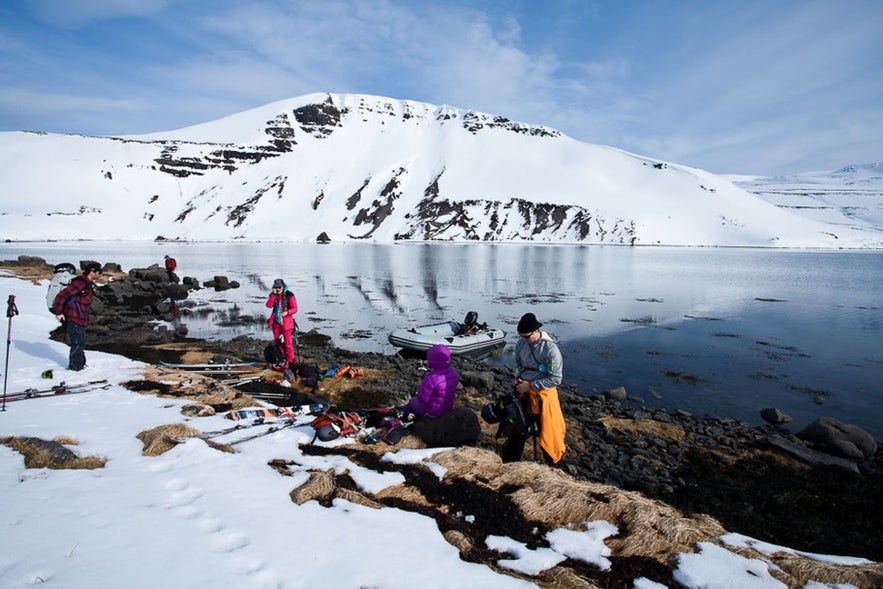 Ski lifts: 3
Ski lifts: 3
Length: 6 miles (9 kilometers)
Difficulty: Beginner to intermediate
Price level: ~28 USD (3.920 ISK)
The ski resort in Isafjordur is the perfect location for skiers and snowboarders already in the Westfjords. Nestled between two gorgeous valleys in Tungudalur, the resort has three chairlifts and numerous slopes suitable for a wide range of skill levels.
The location is situated from 377 feet (115 meters) to 1,598 feet (487 meters) elevation and boasts one of the longest and steepest runs in Iceland.
There is also excellent backcountry skiing in Iceland available from Isafjordur Ski Resort, with the Seljalandsdalur Valley holding runs ranging from 1 mile (2 kilometers) to 6 miles (10 kilometers).
Regardless of the backcountry or resort slopes, there are truly staggering vistas of the Westfjords from every angle.
Oddsskard Ski Resort
Ski lifts: 3
Length: 6 miles (9 kilometers)
Difficulty: Beginner to advanced
Price level: ~34 USD (4.800 ISK)
Often referred to as "Iceland’s Eastern Fjord Alps," Oddsskard is sheltered by mountains around the Oddsskard pass and road tunnel. It also sits bang in the middle between the villages of Eskifjordur and Norofjordur.
Here, 6 miles (9 kilometers) of slopes beckon riders of all skill sets, the largest run peaking at 2,756 feet (840 meters). The resort has three tow lifts capable of transporting up to 2,000 people an hour, as well as cross-country runs to suit those looking to ride off the beaten track.
The amenities at Oddsskard are limited to a single ski lodge, which can hold up to 40 people in sleeping bags, and a cafeteria for those moments of well-earned respite.
Hlidarfjall Ski Resort
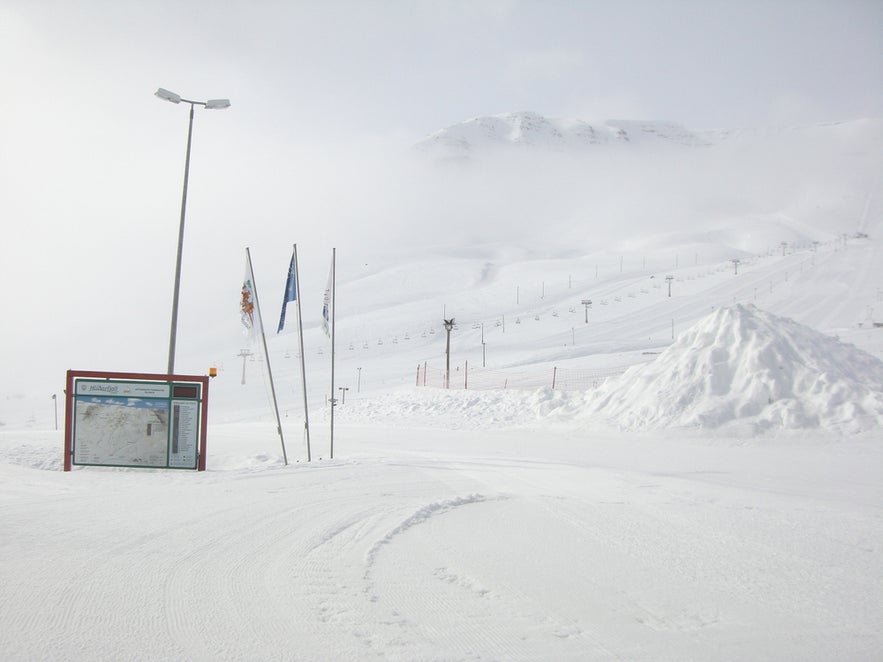 Ski lifts: 8
Ski lifts: 8
Length: 9 miles (15 kilometers)
Difficulty: Intermediate
Price level: ~51 USD (7.200 ISK)
A short drive away from Akureyri is Hlidarfjall, Iceland’s premier ski slope, open from November to May. Locals have always considered Hlidarfjall the best site for resort skiing in Iceland, and it’s clear why.
Hlidarfjall sits among the breathtaking views of Eyjafjordur, a fjord extending to a tabletop summit. Here, the snow is high quality—not too hard or too deep—embellished by built-in snowblowers that help keep the resort covered in a white blanket all season long.
The resort has three tow lifts, with the highest section offering truly death-defying runs—only hit the top if you're an experienced rider!
Hlidarfjall is entirely accessible to both beginners and experienced enthusiasts. Skiing and snowboarding instructors are on hand to help establish the basics of snow sports, with flatter slopes available for those who need the extra time to build up their confidence and skill level.
Trollaskagi ("Troll Peninsula")
One cannot mention either skiing or snowboarding in Iceland without the mountainous Trollaskagi Peninsula quickly cropping up. It is here, deep in the North, where backcountry and ski mountaineering truly come alive.
Translated to “Troll Peninsula,” the region has a long oral history regarding trolls and elves—known in Iceland as "the Huldufolk," or hidden people—a race of naturally interconnected beings who were thought to inhabit the area.
It's likely that tales of the Huldufolk initially spread, in part, to prevent children from wandering off into the raw Icelandic wilderness. Over time, however, they became a symbol of the purity and the wild character of Iceland's nature.
No wonder, then, that the Trollaskagi Peninsula has such rich Icelandic folklore—the natural landscapes are so unbelievably dramatic and beautiful that not even the threat of trolls can keep skiers and snowboarders from venturing further into the mountains.
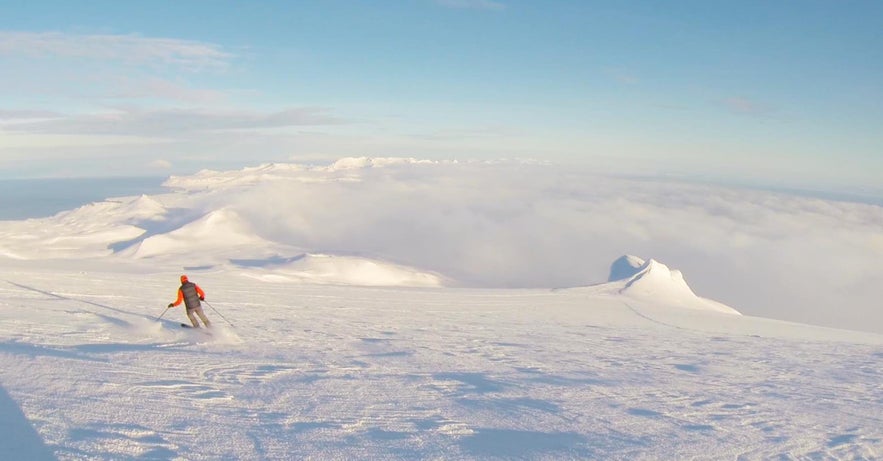
The Trollaskagi Peninsula, covering over 2,485 square feet (4,000 square kilometers), has peaks reaching over 3,280 feet (1,000 meters) above sea level. The tallest of these is Mt. Kerling (“Old Hag”), which stands at an awe-inspiring 5,046 feet (1,538 meters).
Situated between the Eyjafjordur and Skagafjordur Fjords, such an abundance of stunning vistas surround the peninsula that forgetting a camera should be considered a criminal offense.
The peninsula itself, formed by ancient glaciers during the last ice age, encompasses deep-cut valleys, rivers, and waterfalls. These all make the perfect location for exploration, mountaineering, and some challenging but highly memorable runs.
Heli-Skiing
 The Trollaskagi Peninsula is perhaps best known for heli-skiing tours like this 4-day heli-skiing tour in North Iceland. If you are looking for an extreme winter sports experience in Iceland, this is your best bet by far, with thousands of slopes to explore.
The Trollaskagi Peninsula is perhaps best known for heli-skiing tours like this 4-day heli-skiing tour in North Iceland. If you are looking for an extreme winter sports experience in Iceland, this is your best bet by far, with thousands of slopes to explore.
Tow lifts are traded in for an AS 350 B2 Ecureuil Astar helicopter—the heli-skiing industry's workhorse—and flown by some of the most experienced and skilled pilots on the planet (they are sought after internationally because of their experience and training in notorious Arctic conditions).
The tours are often improvisational in nature, and pilots taxi guests from the bottom of the slopes to the peaks, making for a simple and, in many ways, relaxing commute. Of course, the adventure doesn’t stop there. Guides, well-equipped and knowledgeable of the terrain, will lead their guests across the country searching for the perfect run.
There is something truly unique, even magical, about viewing the peninsula from on board a helicopter. The sheer expanse of the region becomes immediately apparent, with mountainscapes extending over the horizon and beyond.
Because of Iceland’s position midway between Europe and North America, heli-skiing here makes for the perfect weekend getaway.
Skiing and Snowboarding Equipment
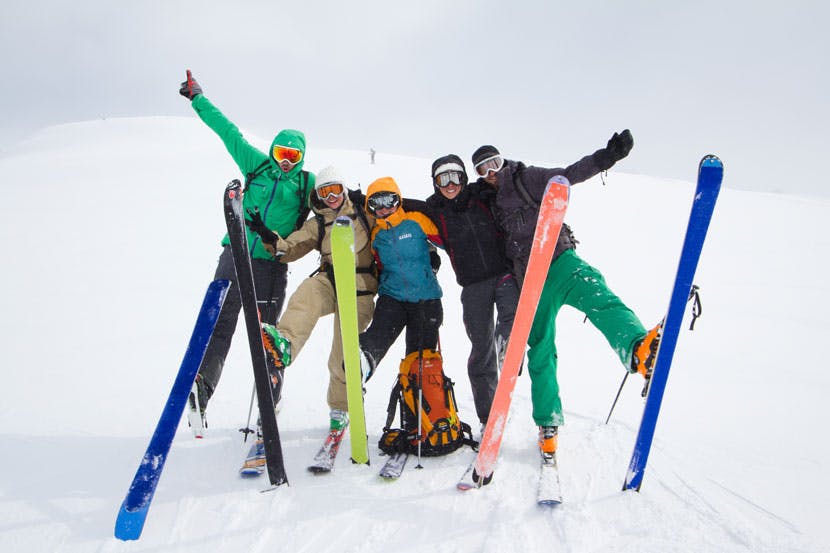 Equipment is available and easy to rent at most of Iceland's major resorts, whether you're a skier or snowboarder. It is highly recommended that you have a basic awareness of the kit used on the mountainside.
Equipment is available and easy to rent at most of Iceland's major resorts, whether you're a skier or snowboarder. It is highly recommended that you have a basic awareness of the kit used on the mountainside.
As we’re talking winter sports here, thermal layers are crucial. A base layer of wool or synthetic, worn under a wind- and waterproof soft-shell ski jacket should suffice.
Consider a backpack (66-88 pounds or 30-40 liters), thermos, and lip cream (the conditions can be scathing!). Hats, gloves, sunglasses, and waterproof trousers should all go without saying.
If you're bringing your equipment into the country, we advise you to keep your ski boots in your carry-on luggage. If you’re planning to traverse the backcountry without local guides, you'll want to get an avalanche transceiver, probe, and shovel.
In partnership with a first aid kit, these could be the difference between life and death on the mountain. As with riding anywhere on the planet, one should always be highly aware of the dangers from the terrain, the conditions, or the sport itself.
Frequently Asked Questions
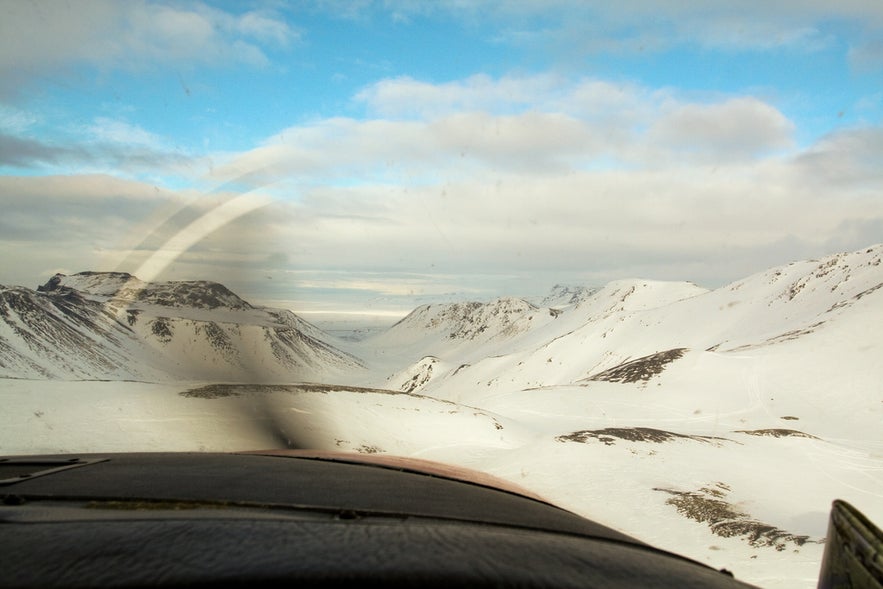
Photo from Wikimedia, Creative Commons, by Herzi Pinki. No edits made.
Here are some of the most common questions about skiing and snowboarding in Iceland.
Can you ski and snowboard in Iceland?
Absolutely! Iceland offers a unique skiing and snowboarding experience, with a mix of groomed slopes, backcountry terrain, and stunning landscapes—including runs under the northern lights.
What months can you ski and snowboard in Iceland?
The Iceland ski season typically runs from late November to early May, with the best conditions from February to April.
Is skiing in Iceland expensive?
Compared to major ski destinations, Iceland offers relatively affordable lift tickets, with prices generally ranging from about 25 USD to 55 USD per day. However, gear rentals like waterproof jackets and pants and accommodation in Iceland can add to the overall cost.
How many ski resorts are there in Iceland?
Iceland has around 20 ski areas, with the most popular ones being Blafjoll, Hlidarfjall, and Dalvik.
Enjoy Skiing and Snowboarding in Iceland’s Vast Landscape
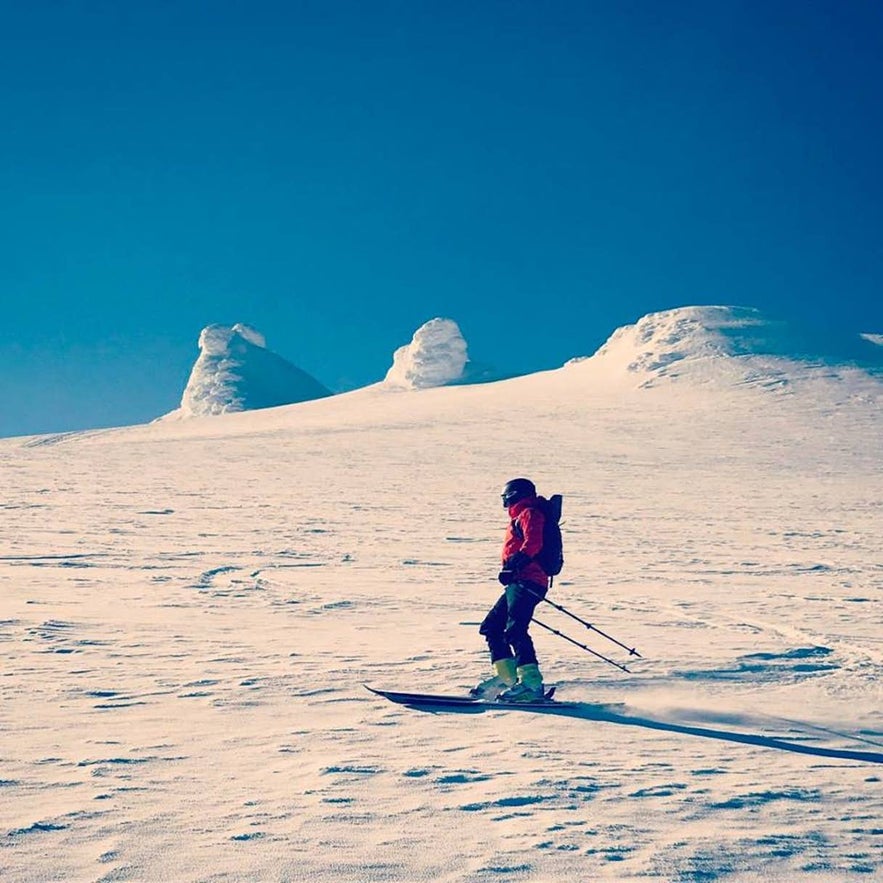 Iceland offers skiers and snowboarders an entirely new landscape to traverse. With such an incredible expanse of wilderness yet to be conquered, it’s easy to forget that winter sport here is a growing and ambitious industry with ever-new challenges on the horizon.
Iceland offers skiers and snowboarders an entirely new landscape to traverse. With such an incredible expanse of wilderness yet to be conquered, it’s easy to forget that winter sport here is a growing and ambitious industry with ever-new challenges on the horizon.
Consequently, riders taking to the slopes here have almost endless opportunities to sharpen their skills and experience the country's many winter activities.
For those eager to venture beyond the resorts, we recommend a 7-day northern lights self-drive tour through the Golden Circle and South Coast or a 5-day northern lights winter vacation package to make the most of your time in this stunning country.
What do you think about skiing and snowboarding in Iceland? Have you visited any of these resorts, or do you have a favorite spot for winter sports? Share your thoughts and experiences in the comments below!



